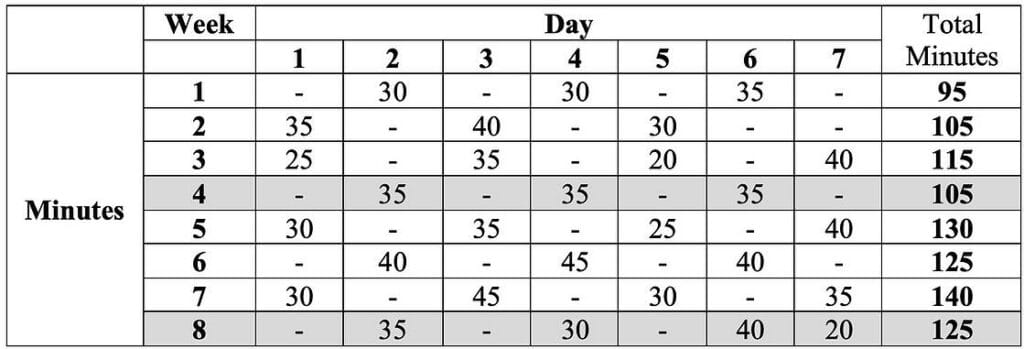We’ve discussed essential principles for returning to running after injury, after a long break, or as a new runner. To take things to the next level, we’re sharing two things you can do with your runners to maximize results during their return to run journey.
1. Start with Drills
Also known as run prep drills, they play a big role in Return To Run. Returning runners are typically antsy to start back and are at risk to do the same things that led to needing to take a break in the first place. Incorporating drills into a rehab program is a great way to give them a taste of running and let their body begin to prepare for the higher forces. Drills in the pre-run phase help identify who may still not be ready to run (such as soreness or pain from drills) while also promoting good mechanics. We love to use the marching drill and wall drill after a good dynamic warm up.
2. Don’t Stop (Guiding) Yet
Many running injuries have a 4-6 week delay, so be careful not to let a runner loose before you know they are good to go. A crucial part of return to run is also managing training load. We have seen many runners think that as soon as they reach 30 min of consecutive running that they are now bullet proof. Even if a runner keeps at the 30 min duration, adding in more runs per week can significantly increase training load that a runner may not be ready for yet. Below is an example of how you can guide someone running 30 min 3x/week up to more frequent and longer runs.

Ideally, you can track training load to make sure you are not overtraining. Training load should incorporate monitoring training intensity as well since many running injuries are often related to changes in intensity more than changes in volume.
Happy Running!